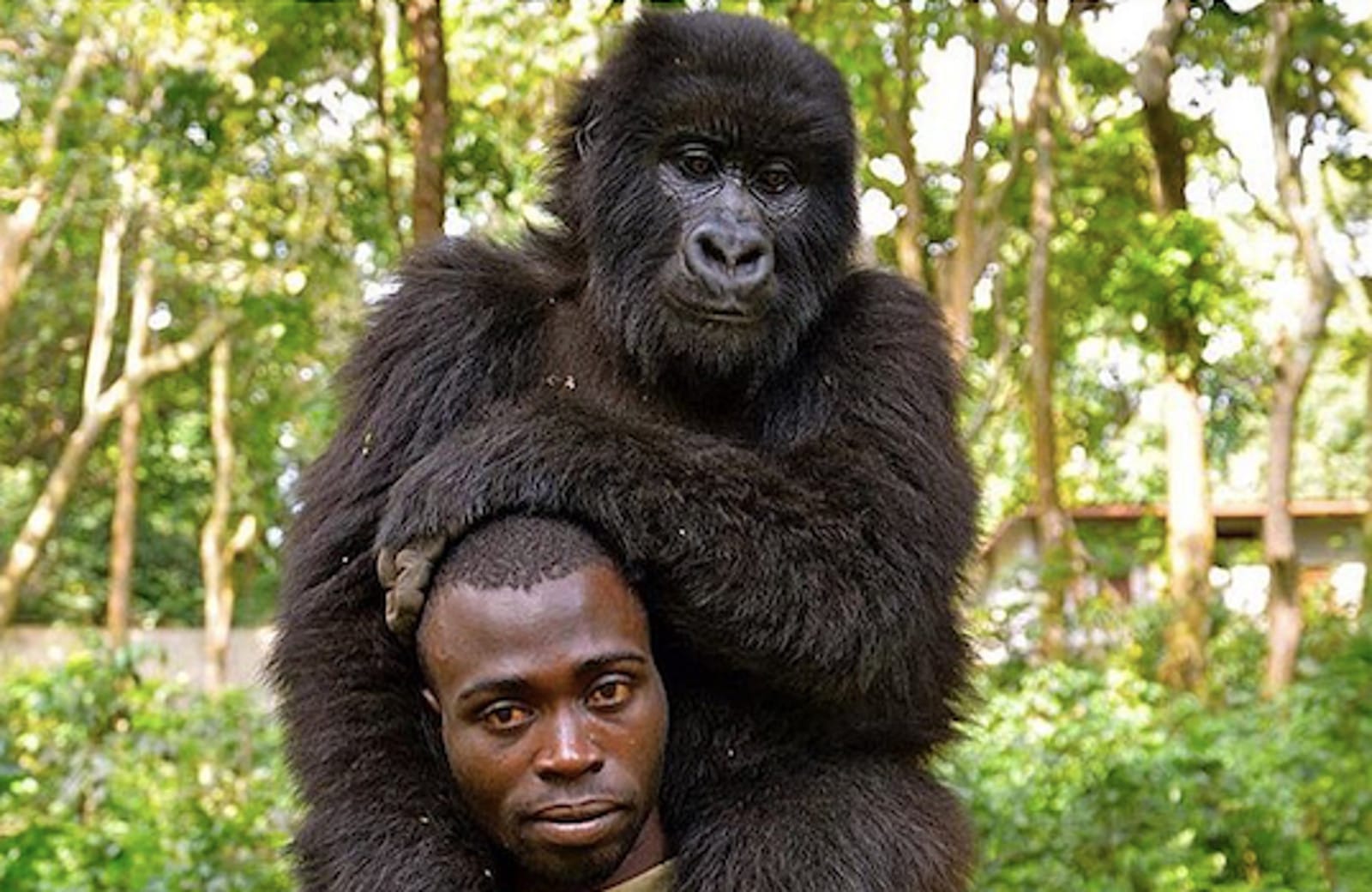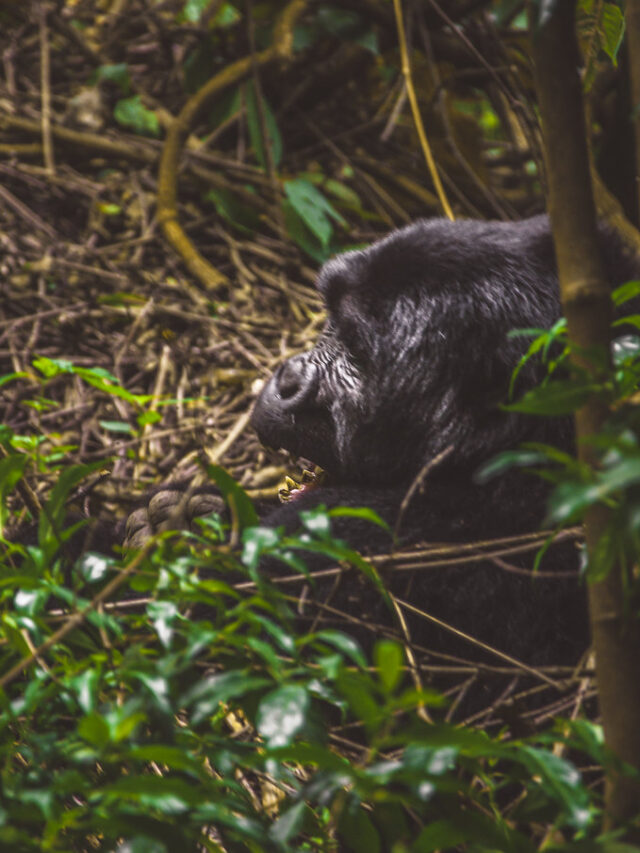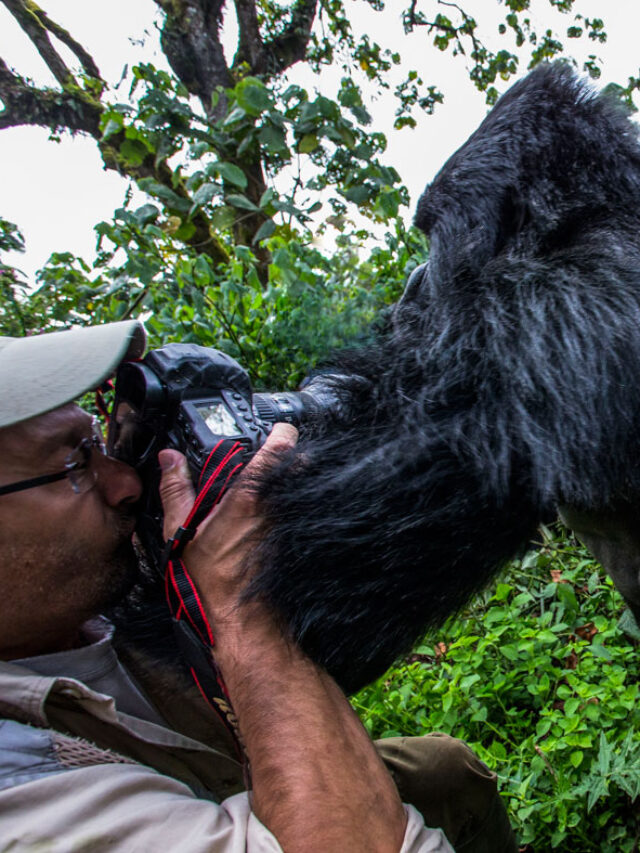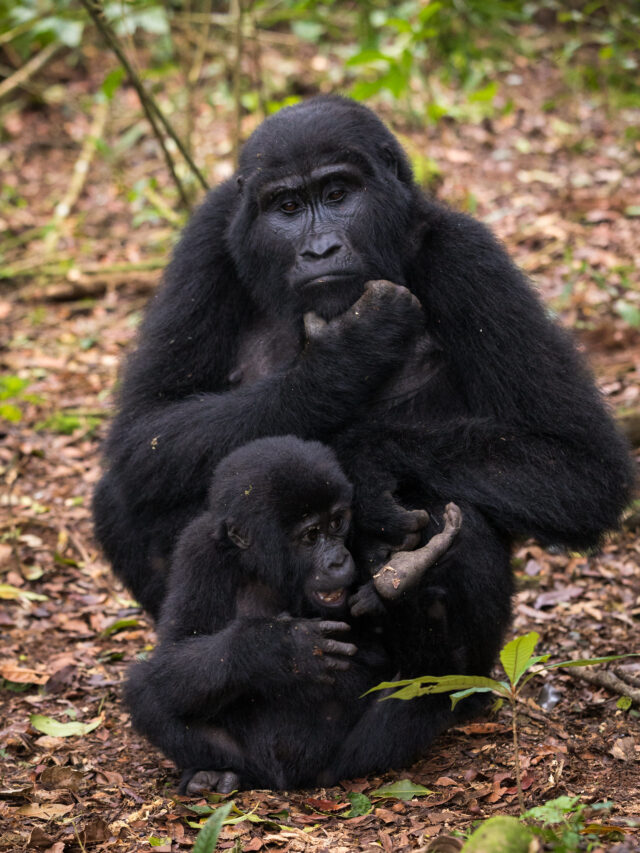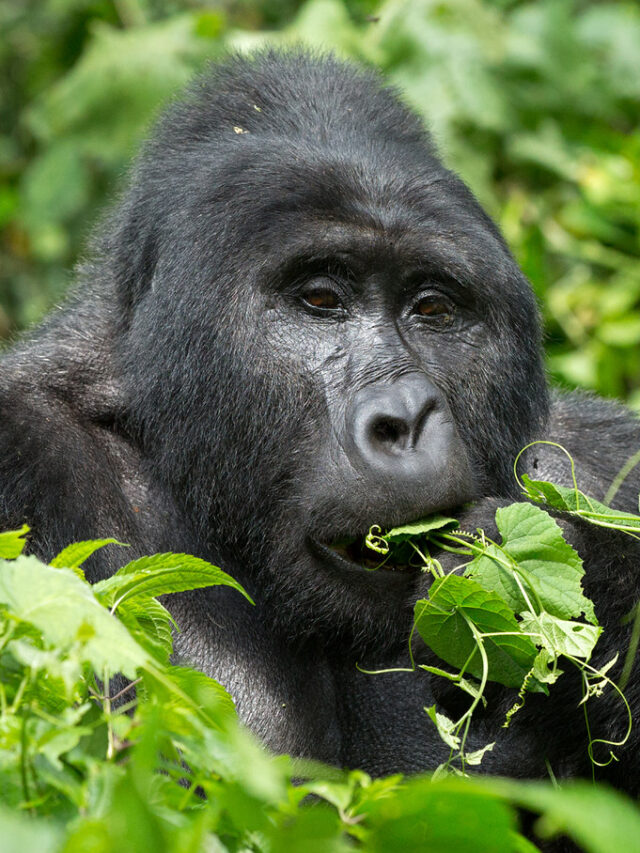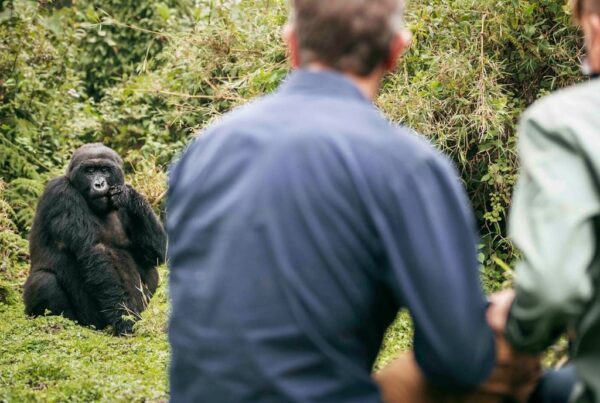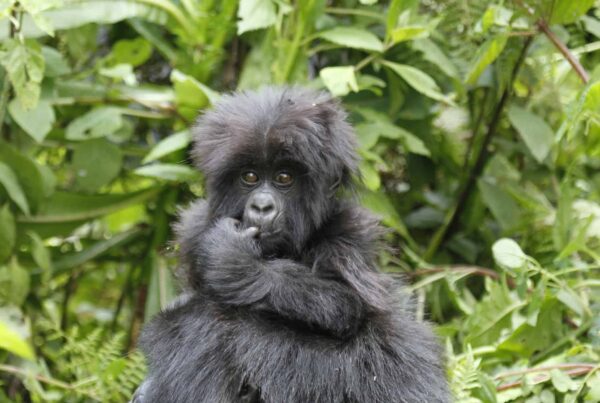Can I Touch a Mountain Gorilla? Why Physical Contact Is Never Allowed, Even with Non-Silverbacks
The Powerful Temptation to Connect
Anyone who has seen a mountain gorilla up close—those intelligent, soulful eyes, the way they cradle their infants, or their almost-human expressions—has likely felt a deep, magnetic pull. For many, the instinct to reach out and touch a gorilla comes from a place of love, wonder, and connection. Especially when faced with a young juvenile or a calm mother carrying her baby, it may feel harmless or even magical to close that gap with a gentle touch.
Can I Touch a Mountain Gorilla — But despite this emotional urge, touching a mountain gorilla is strictly forbidden—not just because of the rules, but because it goes against everything that keeps these animals and their human neighbors safe. And this isn’t only about silverbacks, the large dominant males. No gorilla should ever be touched, regardless of its age, size, or behavior.
Why You Cannot—and Should Not—Touch a Gorilla
There are several deeply important reasons why travelers are required to keep a minimum distance of at least 7 meters (about 21 feet) from any gorilla during a trek. This isn’t just a guideline. It is a rule grounded in science, conservation ethics, and mutual protection.
1. Disease Transmission
The greatest threat humans pose to gorillas is not aggression, but disease. Mountain gorillas share about 98% of their DNA with us, making them highly susceptible to our illnesses—even the common cold or flu can be fatal to a gorilla. Unlike humans, these wild animals do not have the immune defenses to fight off infections we might consider minor.
Even if you feel healthy, you could unknowingly transmit bacteria or viruses simply by breathing too close. Touching them increases that risk exponentially. That one moment of contact, no matter how innocent, can spread invisible harm that takes hold days later inside the forest.
2. Respecting Their Wild Nature
Mountain gorillas are wild animals, not pets, not performers, and not tame companions. While habituated gorilla families may tolerate human presence, they remain deeply instinctual creatures. Reaching out to touch them—even gently—can be perceived as a challenge or threat, especially by protective mothers or territorial silverbacks.
In some instances, what seems like a calm moment can escalate quickly into a defensive or aggressive response, risking the safety of everyone in the group. Keeping your distance is a form of respect for their natural behaviors and boundaries.
3. Long-Term Conservation Ethics
Touching gorillas undermines the very foundation of the habituation process, which takes years and is built on trust, non-interference, and gentle observation. Conservationists and researchers work tirelessly to ensure that gorillas feel neutral or safe around humans without associating us with danger or reward. Physical contact distorts this balance and can damage the progress made over decades.
It can also lead gorillas to become too comfortable with humans, which increases their risk of venturing into villages or farms—where they may be harmed, harassed, or exposed to greater dangers.
What If a Gorilla Touches You First?
Sometimes, young or curious gorillas may initiate contact. A juvenile might brush past you, tug on your clothing, or even playfully reach out. These are rare but unforgettable moments. However, you should never respond by touching them back. The standard guideline is to remain calm, freeze gently in place, and avoid eye contact. Let the rangers handle the situation.
In most cases, the gorilla will lose interest and move on. Reacting suddenly or reaching out may alarm them—or their group—and cause unnecessary tension. Remember: your silence and stillness are the best ways to respect that encounter.
Can I Take Close-Up Photos Instead?
Yes, photography is allowed and even encouraged during gorilla trekking. However, photos should be taken without flash and from the recommended safe distance. Some lodges or rangers may allow you to crouch or kneel to get a better angle, but the rule remains: do not move closer for a better shot. Let the gorillas move if they choose to.
Occasionally, a gorilla may approach closer than expected—but your role is to yield space, never to encroach further.
Understanding the Deep Privilege of Observation
One of the greatest aspects of gorilla trekking is learning how powerful silent observation can be. Being present without interference teaches patience, humility, and connection at a level that touching never could. Watching a silverback beat his chest, or a baby climb on its mother’s back, all from a safe, respectful distance, is one of life’s rarest and richest encounters.
The real magic of gorilla trekking lies in the mutual respect it fosters. You are not dominating, disturbing, or controlling a moment—you are simply being a witness to something ancient, pure, and still wild.

